Too big in Japan - Mazda Roadpacer
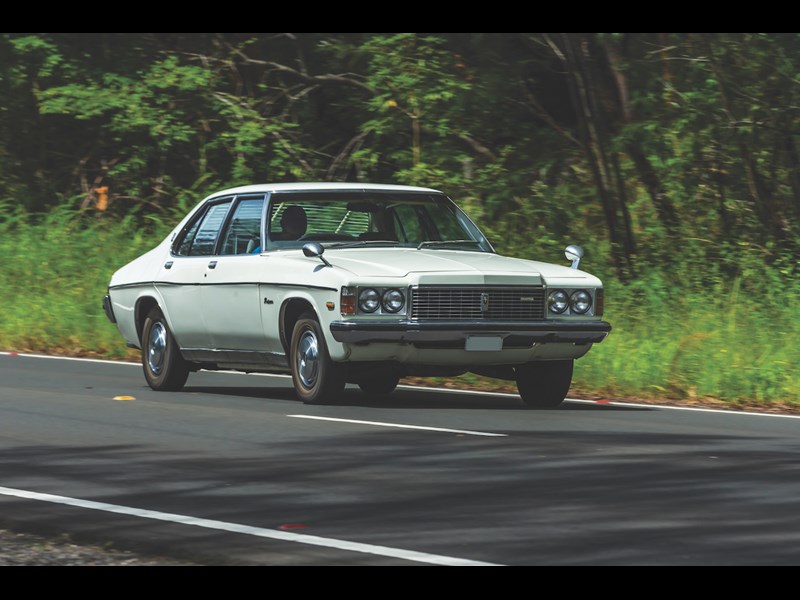

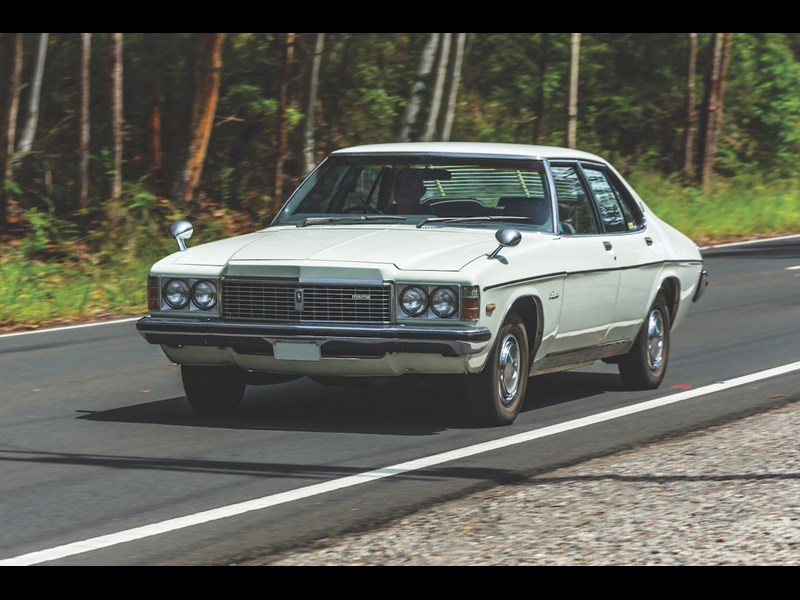


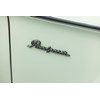

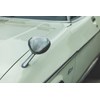

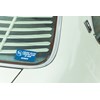
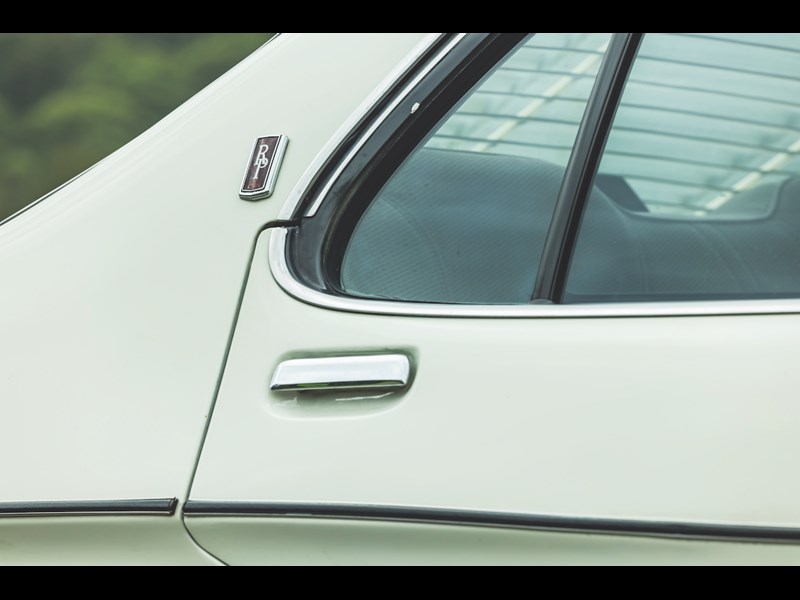

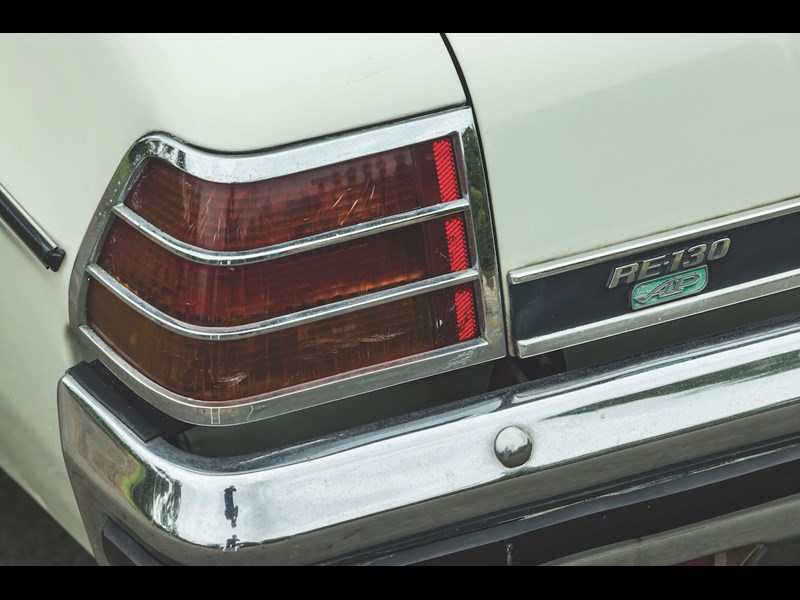





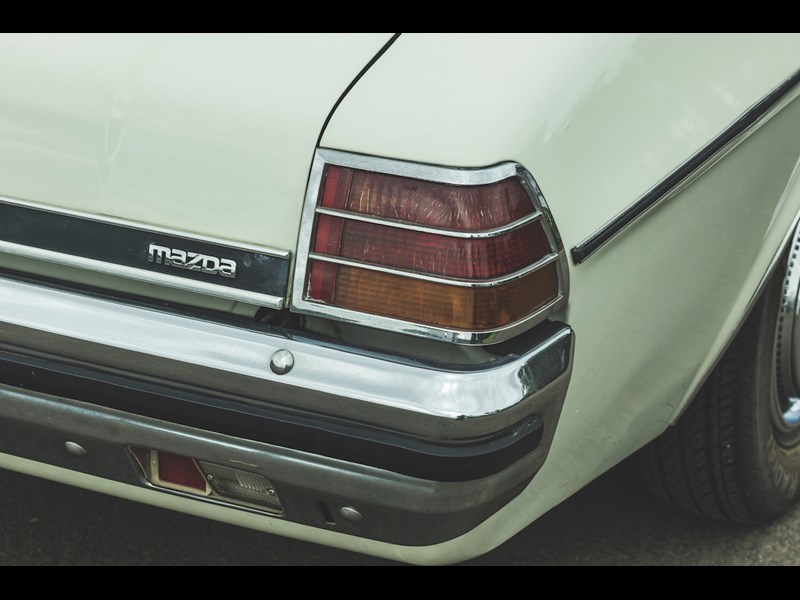



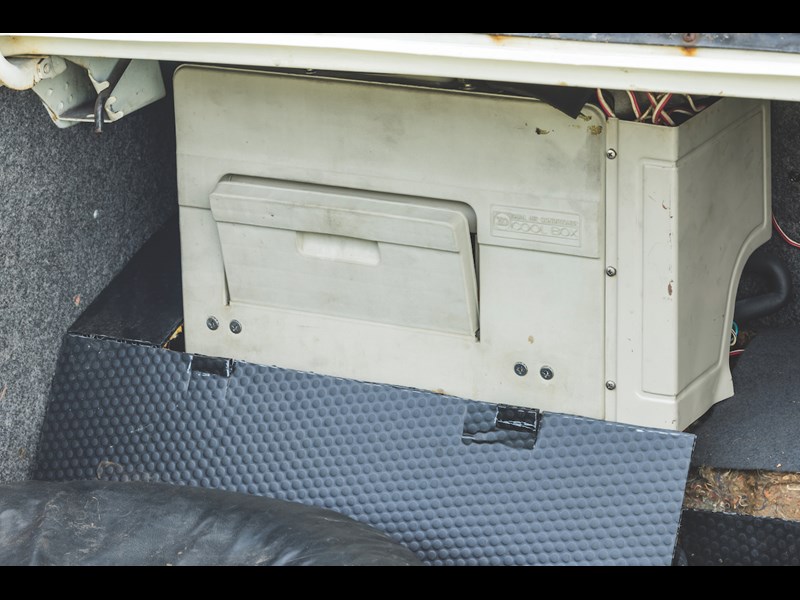

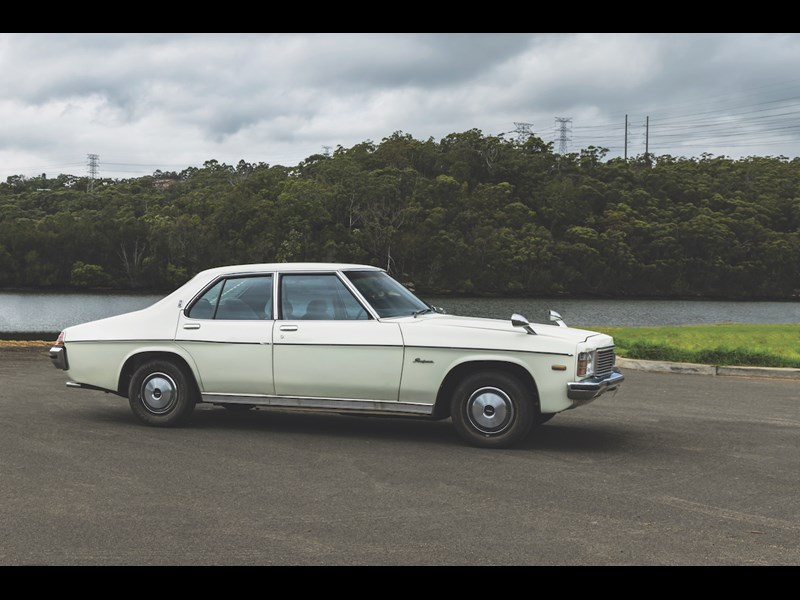

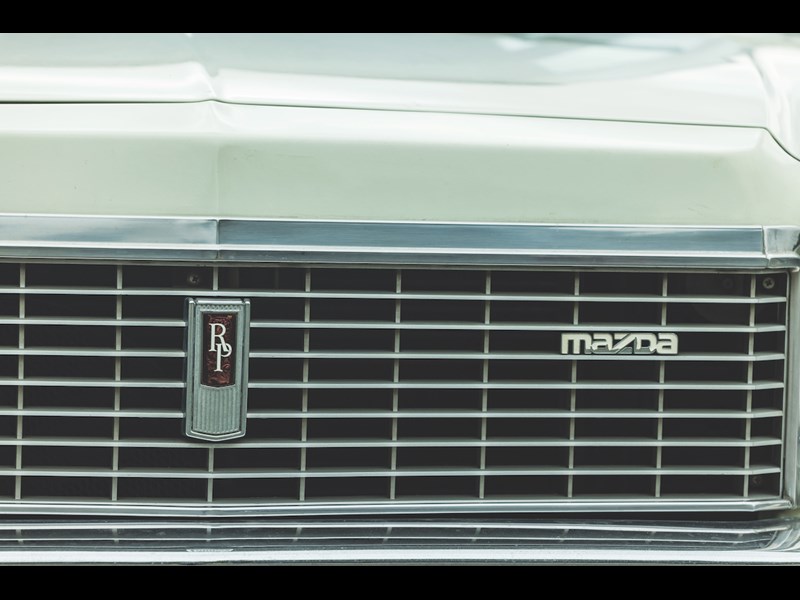



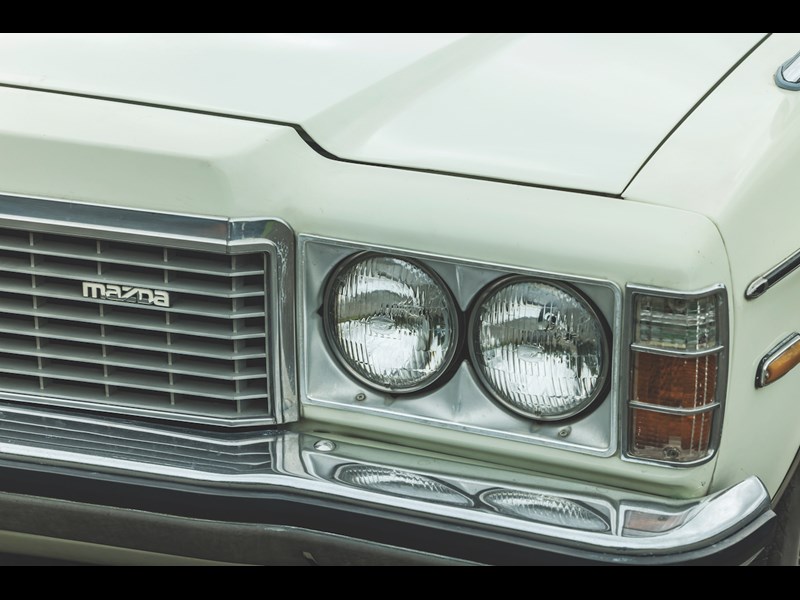

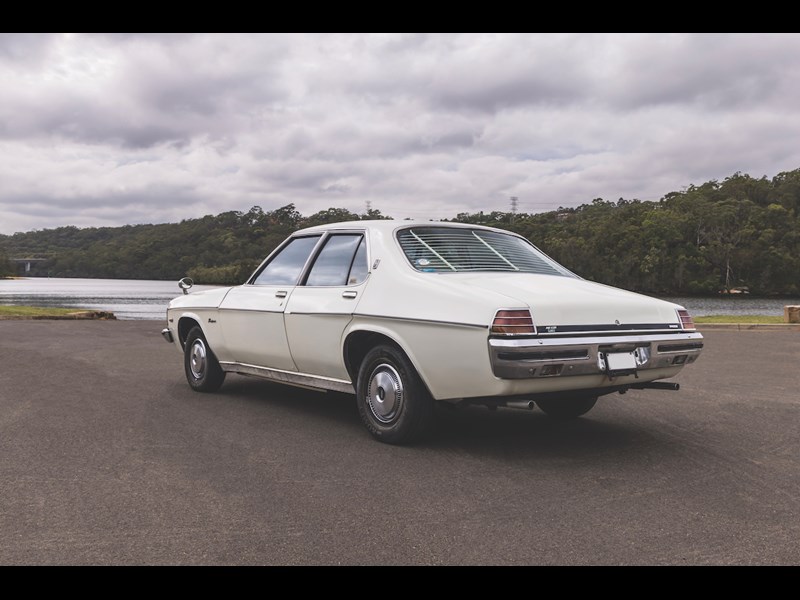

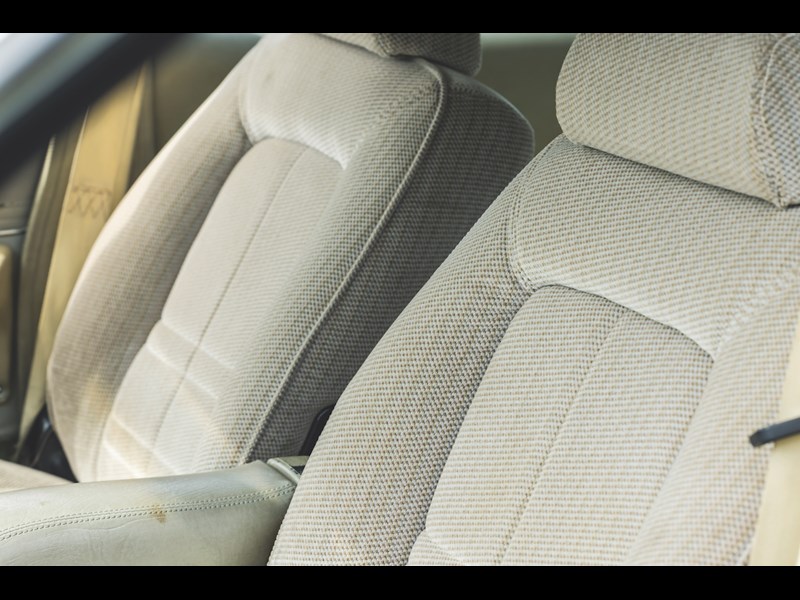


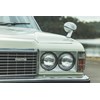

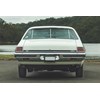
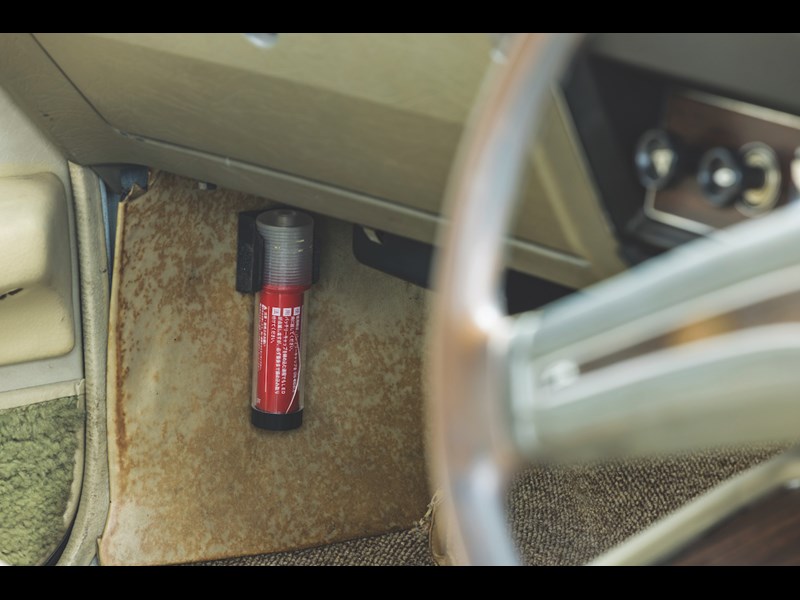

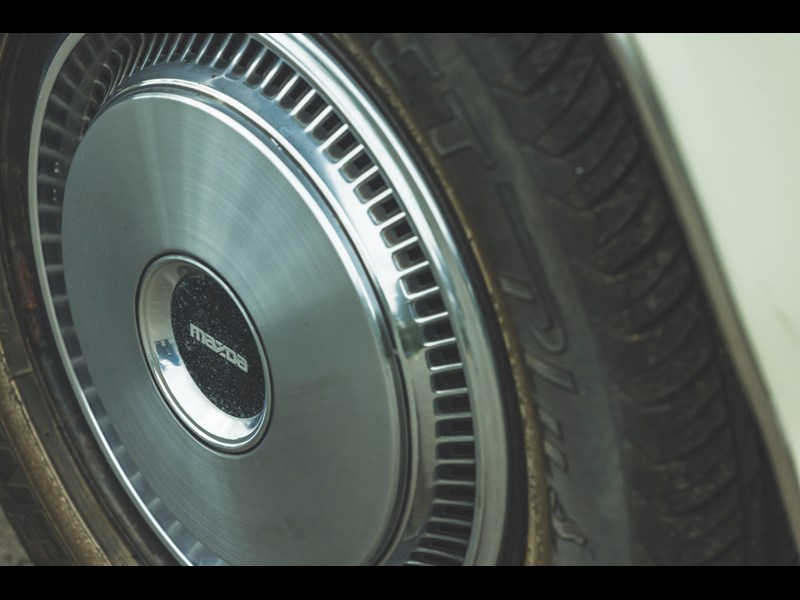

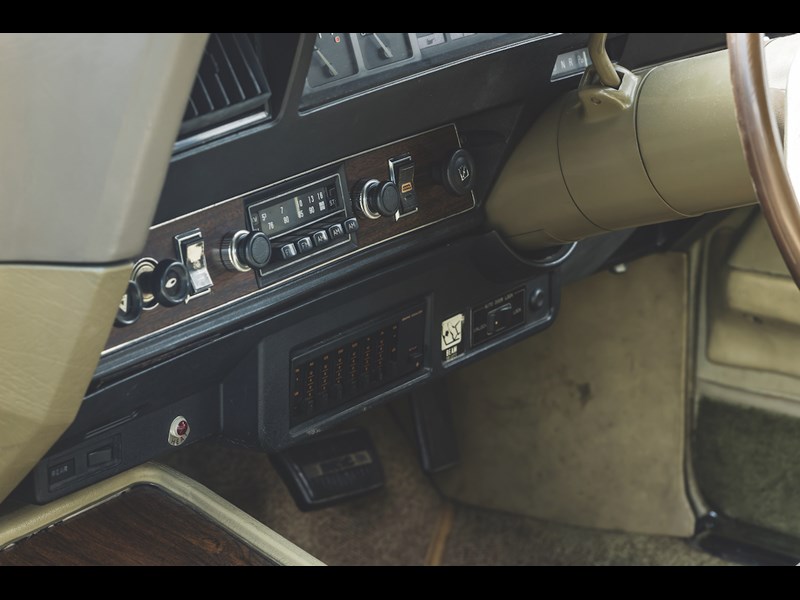


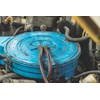
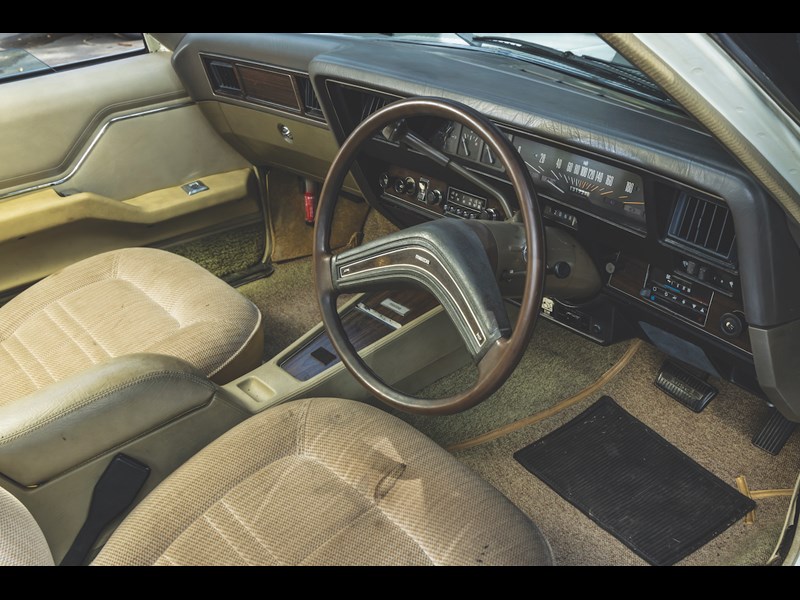

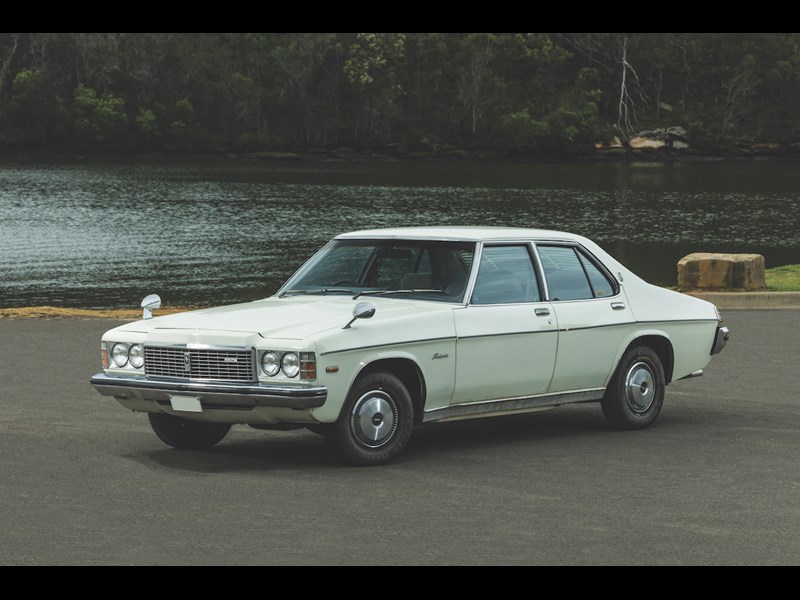

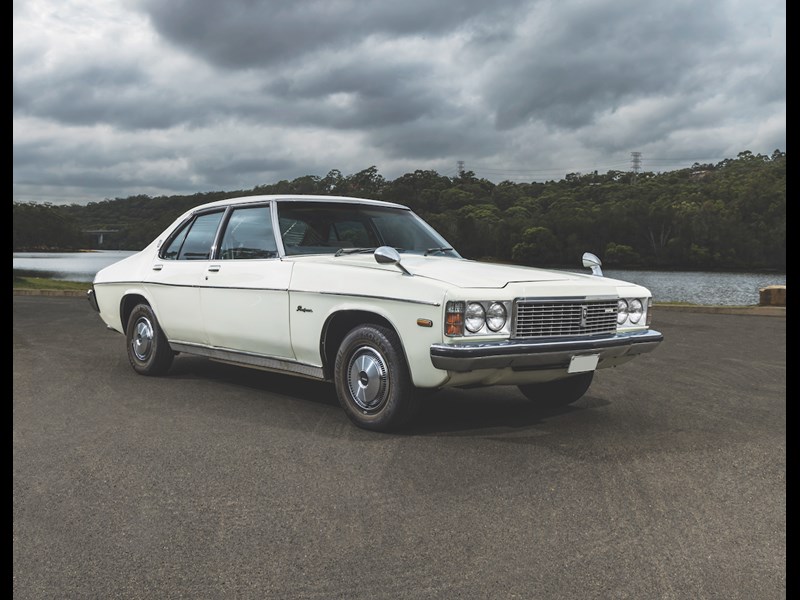

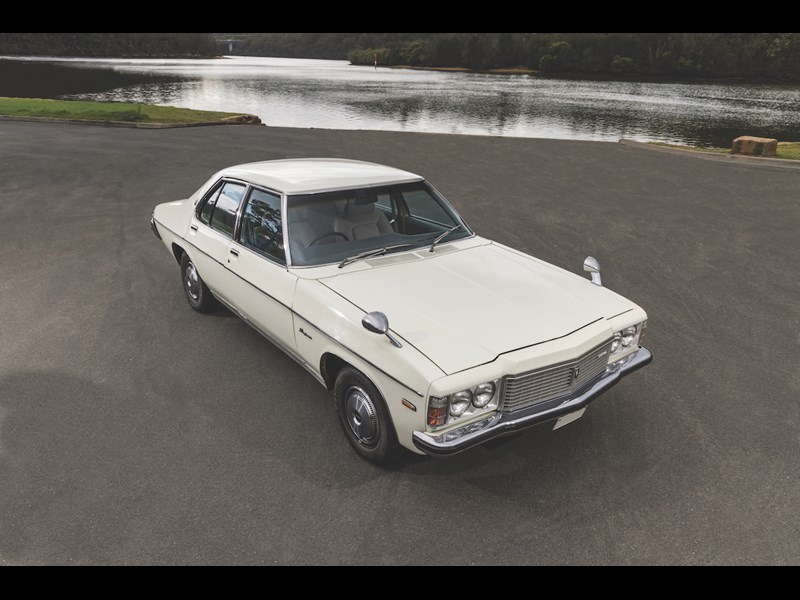




|

|

|

|

|

|

|

|

|

|

|

|

|

|

|

|

|

|

|

|

|

|

|

|

|

|

|

|

|
The Mazda Roadpacer AP is many things, but it is mostly a strangle amalgam of two elements that should never mix

|
|
Mazda Roadpacer AP
|
The Mazda Roadpacer AP requires no introduction. Every curio article, every piece on ‘Mazdas or Holdens you never knew existed’, every list lambasting the crappiest cars ever produced, will have an entry on the Roadpacer.
In researching this, I’ve read dozens of articles in both English and Japanese. The Australian articles, regardless of when they were written, generally list off the reasons the car is absurd. The Japanese articles are usually a bit more factual, listing the luxury appointments, and mentioning the rotary motor and heavy Holden body, made 200kg heavier thanks to the aforementioned luxuries, were ill-suited. They’re a bit gentler, but neither culture considers the car a success.
Many of the Japanese articles I translated were a copy+paste of the last, except there was always one more fact the others lacked; one more point of interest that I hadn’t read in the 20 articles I’d perused. Hopefully, I can fit them all in here. Frustratingly, in neither language did I find confirmation as to how they were built, where they were built, and I’ve barely managed to eke out why they were built.
The ingredients of the RA13S-model Mazda Roadpacer are relatively straightforward. The most obvious one is unmistakably a HJ-model Holden Premier body shell – a classic today – but little more than a conventional, up-spec family car when new. To that, Toyo Kogyo Pty Ltd (Mazda) added its well-developed 13B rotary engine, the 654cc x2, twin-rotor internal combustion engine invented by Felix Wankel.
During the late ’60s and early ’70s, it seemed every manufacturer had a rotary engine buzzing away behind closed doors. Enticed by the design’s big power from fewer moving parts, compact size and reduced weight, experimental divisions worked to overcome issues like high fuel consumption, high oil consumption, rotor tip wear and heat build-up.

General Motors invested heavily in the rotary design, championed by their president Ed Cole, who was confident the 1974 Chevrolet Vega would be rotary powered. Cole was wrong. With fuel prices spiking during the early 1970s, it seemed no manufacturer, not even GM, could quell the rotary’s lust for fuel, which could only be reduced at the expense of reliability. One by one, manufacturers quietly cancelled their rotary projects. In September 1974, Cole announced a delay in GM’s rotary timeline, then he promptly retired. In his wake, his successor Pete Estes canned the GM rotary outright.
Mazda achieved what most others had failed to do; get a rotary to market and not die trying, although it took rescue by Ford; seven per cent in the 1960s, later upped to 24.5 per cent in 1979, to stave off bankruptcy. After some success with the 1967 Cosmo and 1969 Luce R130, Mazda proceeded to add a rotary version to all their compact and subcompact passenger cars, usually a sporty or top-of-the-line model. Given their size and weight, the rotary’s inherent lack of torque wasn’t a great issue.
Early 1970s Japan experienced strong growth in vehicle ownership; it was boom time, and the luxury Toyota Century and Nissan President were selling well for their flagship category. Smaller outfits like Mitsubishi, Isuzu and Mazda wanted to get in on that, but didn’t have the backing. Mitsubishi and Isuzu looked to Australia, the former importing the CH Chrysler by Chrysler and VH Valiant Charger 770 from 1971, and the latter leaning on GM for the HQ Isuzu Statesman Deville from 1973. Both Aussies only spent a couple of years on the Japanese market and both bowed out after less than 250 sales.
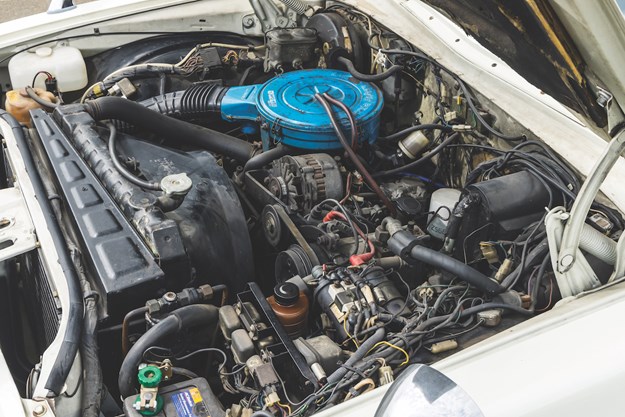
The Statesman was a direct result of GM’s purchase of a 34 per cent stake in Isuzu in 1972. Isuzu had attempted and withdrawn from collaborations with Fuji Heavy Industries (Subaru), Mitsubishi and Nissan in quick succession, and it took general trading, investment house and corporate matchmaker, C Itoh & Co (now Itochu Corporation) to bring the two together.
One source says that C Itoh & Co also invested in Mazda’s North American distribution, purchasing the rights to the ‘Eastern district’ although I haven’t been able to confirm this. It probably doesn’t matter; whatever happened. It’s believed management at C Itoh & Co introduced Mazda to Holden, via their ties with Isuzu, as a personal ‘thank you’ to Mazda president Kohei Matsuda. Some Japanese articles cite Isuzu as the main conduit.
Thank yous aside, use of the Holden allowed Mazda to expand into the ‘3 number car’ segment; personal cars over 4.7m long, 1.7m wide or 2m tall, or with an engine displacement over 2000cc. The Holden body’s blowout into these figures, engine size aside, is often cited as a reason for its lack of sales, but rivals from Toyota and Nissan fell into the same category, and it’s a mark of prestige to have the ‘3’ on the numberplate; Mazda wanted a ‘3 number car’.
Several articles over the years have cited GM wanted to get a piece of Wankel rotary engine action, but the Roadpacer came along six months after Ed Cole retired and his pet project cancelled. It’s possible some at GM would have had a passing interest in the Roadpacer’s performance and durability, Wheels magazine reported in July 1975 that Japanese industry observers believed Mazda couldn’t have afforded to develop the model themselves, and that it’s likely GM threw some money at them. Once in production, Holden either purchased or was sent an early build Roadpacer that was tested by GM-H executives, but I can’t see it as a primary reason for the project going ahead.

Nope, ultimately it was a business transaction. Holden had the right sized car with the steering wheel correctly positioned, and they had the export department to handle it. Mazda and Holden entered negotiations in April 1973 when Isuzu was still importing and selling the HQ-model ‘Isuzu Statesman Deville by GM-H’. No harm, no foul though, because the Isuzu Statesman was all over prior to the HJ’s Aussie release in October 1974.
Announced on 17 March 1975, the Roadpacer’s development time was halved using the existing Holden body, with the project taking nine months from start to finish. It’s believed sales began 1 April, something the Australian press were hot to pick up on, but follows the Japanese tradition of officially launching car a couple of weeks prior to sales, and in this case aligns with the first day of the Japanese new financial year.
Takao Kijima, a suspension engineer working for Mazda at the time, spoke to Wheels magazine in 2007 regarding the latest MX5 and as an aside, gave the only first-hand experience I could find on the development of the Roadpacer. He explains, "Roadpacer was a new project for Mazda, and the job came to our truck team. The Holden comfort was not so bad, because it was very big with very soft settings … so we want to change the rear suspension for more grip, and of course keep the ride comfort, but also improve steering response … we changed the length of the upper and lower arm. It’s a rigid axle and had roll steer. We gave it some toe-in for better handling."

His interview closes out with this poignant statement, "The cars came to us as a body-in-white (a bare shell); we fitted our own interior, own painting, engine, rear suspension." This statement is trouble, because until I’d read it, I took the reports that Holden exported it as a CKD kit as verbatim. Exporting whole bodies – from the firewall back in the case of the Holdens – seems unlikely because they’d have to be containerised, a process both expensive and inefficient compared to stacking rows of panels, doors and floorpans together.
Suggesting online that they went as body shells saw me lambasted on Facebook and my intelligence questioned. And yet here we are, because although plenty of articles from both countries repeat the letters ‘CKD’, several Japanese articles state ‘body shells’. So does Mazda UK, Wheels magazine September 1974, and a 2004 Holden export brochure, quite unambiguously. Leo Pruneau said that although he wasn’t close to the project, he believed they were a body-in-white, while a volunteer at the Holden Manufacturing Heritage Centre stated he saw CKDs and bodies-in-white in the export area, but as a junior had no business checking what was going where. Additionally, he mentions CKD kits contained as much or as little built up as the buyer required, up to and including an entire body; until around 20 years ago, available to anyone as a spare part.
Some people online reckon they went as completed cars, but probability and logic suggest otherwise; writer Glenn Torrens noted the bespoke Mazda wiring harness is routed entirely differently to the Holden item, besides, pulling apart completely built-up cars is less economically feasible than containerising bodyshells. Alternatively, a former Motor editor was certain they went as rollers, with Mazda pulling the front and rear suspension upon arrival, much in the same manner as COPO special orders in the USA. Feasible, I guess.
But do I have the definitive data? No.
Touted to sell 100 units a month, 800 were built across three years 1975-77, with cars languishing in showrooms until 1979. Several reasons are cited for the car’s failure to ignite the luxury car market. Although low on emissions, its 9mpg fuel economy wasn’t helpful, nor was Mazda’s dealer network, which hitherto sold only mass-market and commercial vehicles.
Ed Cole, following his retirement, attended the Mazda Roadpacer’s announcement in Hiroshima. Having travelled from the airport to the Mazda assembly facility in one of the first units assembled, he was quoted as saying, "It certainly lives up to its claim of quietness and comfort. I wish I could buy one right now and take it back to the States with me." All this research brought about one definite; the Roadpacer had at least one big fan.
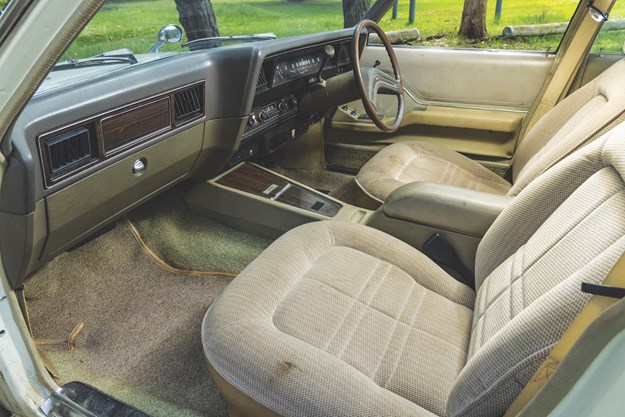
VITAL STATS
Body: Steel monocoque four-door sedan
Engine: 1308cc twin-rotor (654cc each) Wankel-type w/two-barrel carburettor
Power: 101kw at 6000rpm (factory)
Torque: 186Nm at 4000rpm (factory)
Performance: 0-100km/h: 15.3 seconds 0-400m: 20 seconds
Gearbox: Jatco 3-speed automatic
Suspension: (f) double wishbone w/ coil springs, (r) four-link live axle w/ upper and lower control arms and coil springs
Brakes: (f) ventilated discs, (r) duo servo drums
Tyres: 7.50-14-4PR
NUMBER BUILT
1975 – 491
1976 – 183
1977 – 126
Total – 800
NUMBER SOLD
1975 – 399
1976 – 240
1977 – 119
1978 – 36
1979 – 5
Total - 799
SPECIALS THANKS TO:
• John O’Farrell & Peter Robinson – Australian Motoring Heritage Foundation
• Glenn Torrens
• David Burrell
• Kristian Appelt
• Marv
• Daniel O’Grady - Wasabi Cars
Unique Cars magazine Value Guides
Sell your car for free right here
Get your monthly fix of news, reviews and stories on the greatest cars and minds in the automotive world.
Subscribe

.jpg)








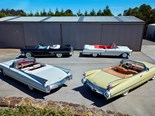
.png)
.jpeg)

